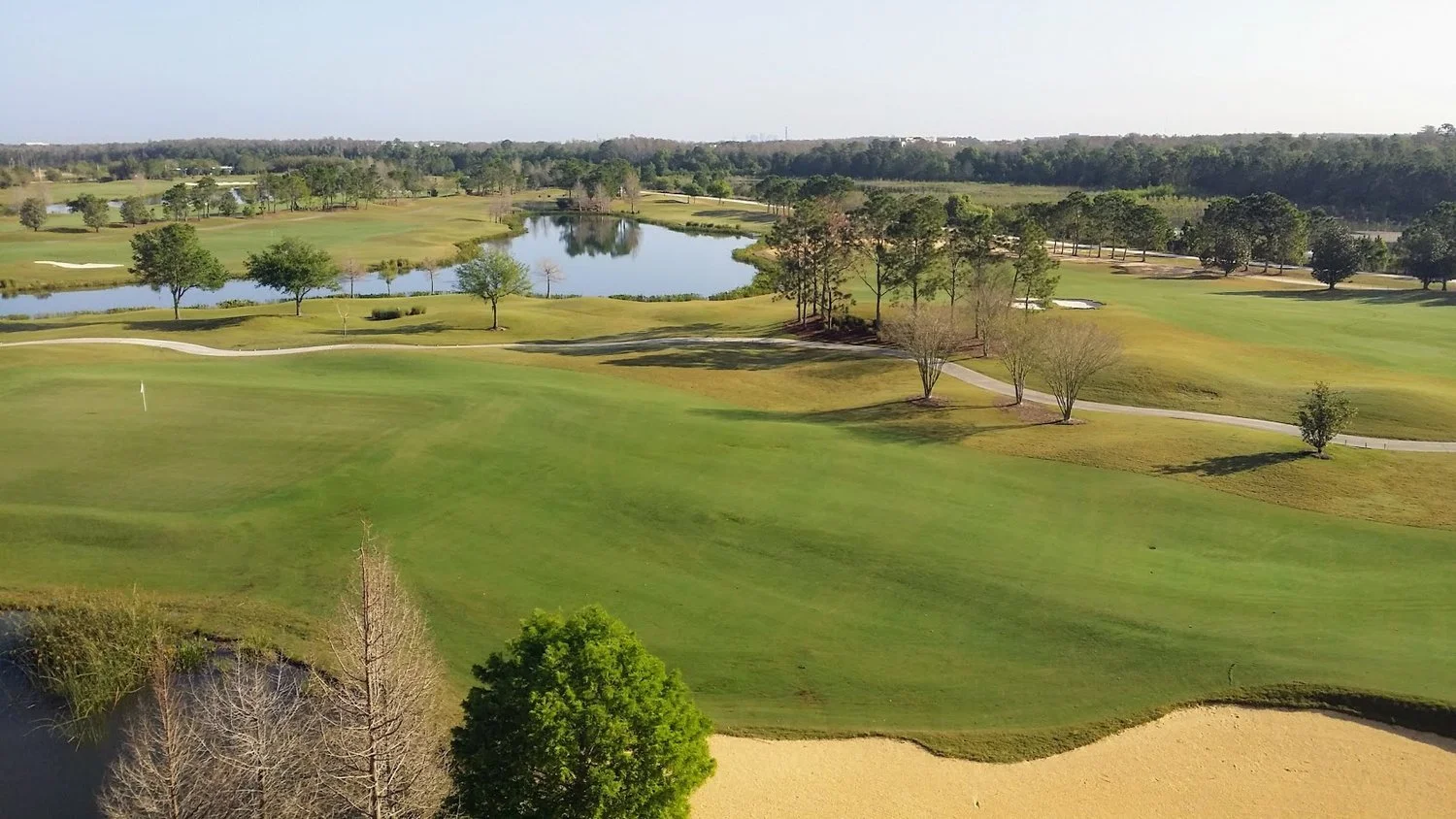Ecological Evaluation
Case Study
Ecological Evaluations and Golf Course Redevelopment
Project Location: Monmouth County, New Jersey
Authored By: Matt Leatherwood & Peter Niculescu
Client: Confidential
Ecological evaluations of environmentally sensitive natural resources (ESNRs) at contaminated properties in New Jersey have become an integral part of the process when remediating contaminated sites proposed for redevelopment.
In April 2015, the New Jersey Department of Environmental Protection (NJDEP) issued the Ecological Evaluation Technical Guidance, Version 1.3, which provides efficient and streamlined tiered guidance for the evaluation of ecological risk in aquatic and terrestrial habitats associated with contaminated sites. The purpose of Ecological Evaluations (EE) is to determine whether remedial actions are required in ESNRs associated with contaminated sites and to provide the means to determine ecological risk-based remediation goals. EE’s are required for all contaminated sites pursuant to N.J.A.C. 7:26E-1.16, and N.J.A.C. 7:26E-4.8(a & b), and the NJDEP is currently ramping up efforts to ensure EE’s have been, or are currently being conducted for all contaminated sites regardless of whether a final remediation document (i.e. No Further Action (NFA) or Response Action Outcome (RAO)) has been issued.
Over the past year, the NJDEP has reviewed current and former cases to determine whether EE’s were conducted as part of remediation, and in several instances, this has resulted in cases being reopened and associated NFA/RAOs being withdrawn.
The aforementioned guidance describes how to conduct an EE, which is initiated during the Site Investigation (SI) phase of the project. The EE is conducted to investigate the site for the co-occurrence of the following: 1) ESNRs on, adjacent to, or potentially impacted by the site; 2) the presence of Contaminants of Potential Ecological Concern (COPECs) at the site or area of concern (AOC) and in the ESNRs; and 3) the presence of a contaminant migration pathway (historic or current) from the site to the ESNR or evidence of contaminated material having been placed directly into an ESNR.
Once remediation activities have been initiated, the regulatory time frame for performing an EE is one year and the mandatory timeframe requirement is two years (N.J.A.C. 7:26C-3.2). The outcome of the EE results in a determination on whether or not to conduct an Ecological Risk Assessment (ERA). The following is an in depth look at performing an EE at a contaminated former golf course, and the impact it had on the case by proactively following the guidance.
GSI was initially retained to perform a Preliminary Assessment (PA) on a former golf course property in Monmouth County, New Jersey, prior to redevelopment of the site for residential purposes. The goal of the PA was to identify all AOCs, and to conduct any required remediation to obtain an unrestricted use, RAO. While the PA resulted in the identification of multiple AOCs, ultimately, the majority of necessary remediation focused around a single AOC: historically applied pesticides (HAP).
In light of the new EE Guidance, GSI felt a more proactive approach was warranted, and after a discussion with the client on the potential impact of the same, all parties were in agreeance about the course of action. Remediating HAP at the property consisted of initial soil sampling; delineation of pesticide-impacted areas; excavation and off-site disposal of impacted soils; and, subsequent collection of post excavation verification soil sampling within the excavated areas. While further investigation of these pesticide-impacted areas was not required for compliance with applicable regulations, the EE Guidance was implemented prior to and during the completion of the remediation.
During the initial site investigation, GSI performed a reconnaissance throughout the property to identify potential ESNRs, which are defined as any area that supports any wildlife, including all areas defined at N.J.A.C. 7:1E-1.8(a), ground water, and areas and/or resources that are protected or managed pursuant to the Pinelands Protection Act, N.J.S.A. 13:18A-1 et seq. and the Pinelands Comprehensive Management Plan, N.J.A.C. 7:50. The ESNRs identified included portions of a surface water stream, two (2) surface water ponds and associated wetland areas. GSI determined pesticides (i.e.COPECs) were present, and confirmed the co-occurrence of ESNRs and COPECs on-site.
Migratory pathways identified for the property included surface runoff and shallow ground water flowing into surface waters. At this point, it could have been concluded that the co-occurrence of the three triggering conditions resulted in the requirement of an ERA; however, an investigation was performed to determine whether a complete contaminant migratory pathway existed from the COPEC areas to the ESNRs.
To investigate this, sediment and surface water samples were collected from the ESNRs. The results were compared to applicable remediation standards including the NJDEP’s Surface Water Quality Standards (SWQS) and Ecological Screening Criteria (ESC), which showed COPECs were reported at concentrations below their respective ecological remediation standards. GSI confirmed that potential contaminant migratory pathways were not complete, therefore concluding the lack of co-occurrence. Consequently, no further ecological evaluation was proposed.
GSI continued remediation of the HAP-impacted areas, which ultimately resulted in the issuance of an Unrestricted Use RAO by a Licensed Site Remediation Professional (LSRP). The client proceeded to initiate redevelopment of the former golf course into a residential community.
Approximately 6-months after the issuance of the RAO, the property had been 50% redeveloped, with prospective purchasers executing contracts for the remaining 50%. It was at this point, the NJDEP notified the client that it would require a comprehensive ecological evaluation of ecological receptors. Initiating such an investigation would have resulted in a significant loss of funds to the client; however, GSI used the findings of their investigation as evidence to prove ecological receptors at the property had not been impacted by HAP practices associated with the former golf course. Presenting this data satisfied the NJDEP’s concerns and no further investigation was required.
This project highlighted the importance of being cognizant of when new guidance should be applied during an investigation. Being mindful of potential inquiries from the NJDEP allowed GSI to work with the client and regulatory agency to avoid costly delays during completion of the work. To date, the former golf course has been transformed from an underutilized eye-sore for the County into a blossoming high-end residential development.
Originally published in the EBA Winter Journal 2017

